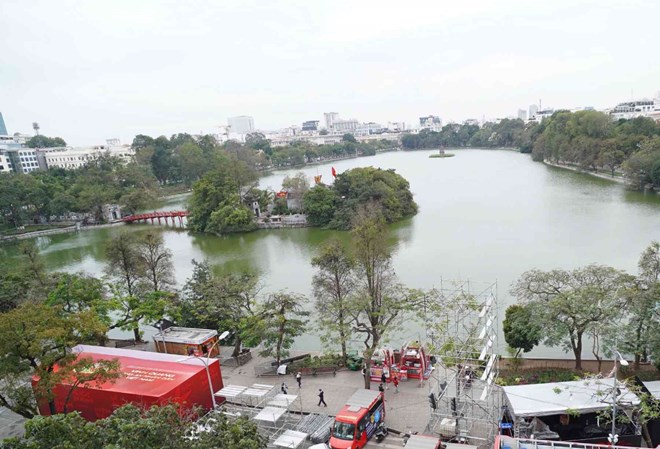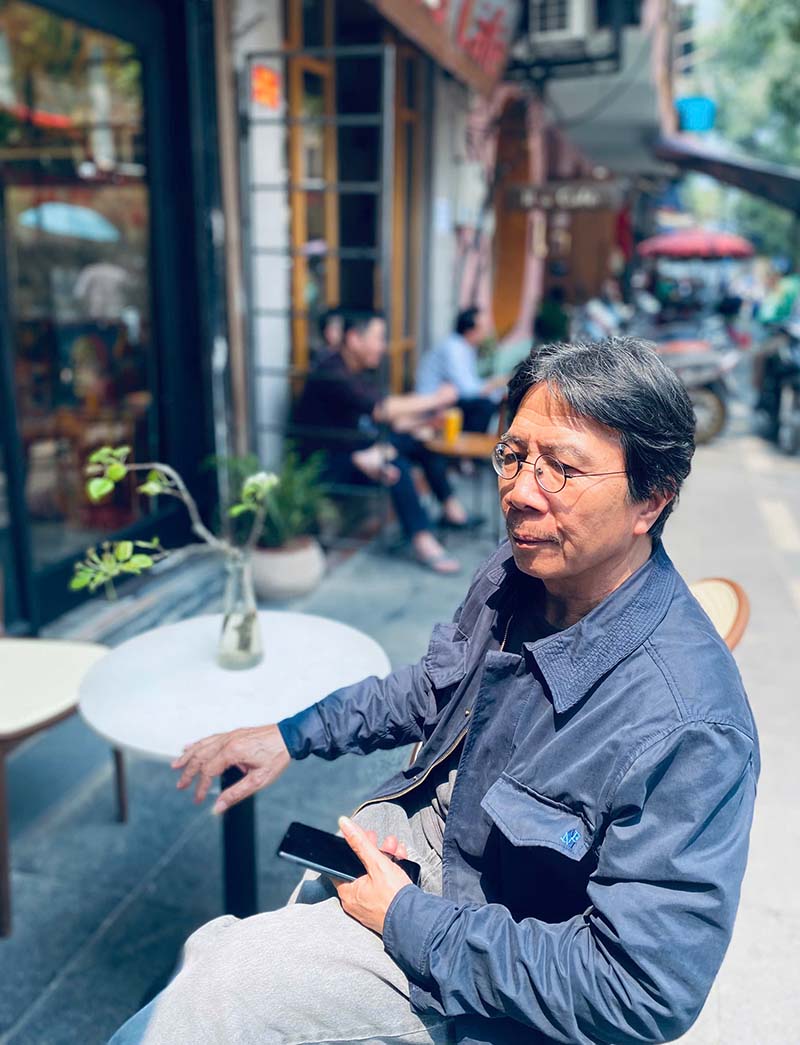Throughout history, Vietnam has gone through many mergers and separations of provinces. Researcher Nguyen Ngoc Tien cited documents, looking at the history of the Nguyen Dynasty, from the end of 1831, King Minh Mang abandoned palaces and towns and established provinces. In 1832, the country had 31 provinces.
According to the National Assembly Document, after the reunification in 1975, Vietnam has 72 provincial-level administrative units.
Since the end of 1978, the National Assembly has allowed many provinces to separate into cities to establish new administrative units, with 38 provinces remaining
Each period, each historical period will set different economic, social and administrative conditions, the separation and occupation of provinces will be based on the necessary conditions and factors of the contemporary society, I think that trend is inevitable. Each province and city accordingly has its own periods, ups and downs, and historical stories.
I have read many documents about the formation process and the stages of merging and separating provinces, in which, since ancient times, Hoa Binh province has separated from Son Nam town, then had a time merged with Ha Tay province to become Ha Son Binh province, then separated again... The story of naming new villages, new communes, or new provinces, I think that, no matter how new they are named, the old names will still be passed down and preserved in history" - said researcher Nguyen Ngoc Tien.
Looking back at the history of naming villages and communes in different regions, the ancient Vietnamese people often had a way of naming them after Nom.
According to researcher Nguyen Ngoc Tien, The name of the tree can be understood as being very rustic, easy to remember and easy to understand. For example, a village with a bridge is named Lang Cau. Whichever village grows a lot of tangerines will be named Lang Quyt... The history of the formation of the lands and village names has shown that this way of naming Nom was very popular with the Vietnamese people at one time".

For example, according to historical documents about Quang Nam province, many Quang villages and communes have been given the name of the village by the villagers. The name of the village is often based on the characteristics of the landscape, ecological environment, and characteristics of that village, such as Bau Beo, Cu Lao Re... Cu Lao Re is where many Re trees grow, and now Ly Son island.
Over time, many village and commune names for thebread have been gradually erased and replaced with more beautiful names. According to the book Dai Nam Thuc Luc, in February of the 5th year of Minh Mang (1824), King Minh Mang approved the performance of the play on changing the old place names nationwide because "am Nom and the face of the letters are not noble".
The historical process of village and commune names across the country has also gone through many stages with many changes.
Expressing his views on how to name villages and communes from ancient times to the present, researcher Nguyen Ngoc Tien said, At the village level, communes have been merged and separated many times, the names of the regions have changed. However, through hundreds of years of history, many places have new names, but the old names are still passed down among the people, not lost at all. Many names in Hanoi from ancient times are still mentioned, such as Ke Cho, Ke Mo, Ke Gian, Ke Ve... History will record everything. History will preserve each land name, village name, place names, and folk names will also be passed down forever. There will be nothing lost.

Therefore, researcher Nguyen Ngoc Tien believes that the most optimal way to name social cultural values is to save time, documents, seals, etc.
I think that each land name and village name will still have its own life, said the researcher.













